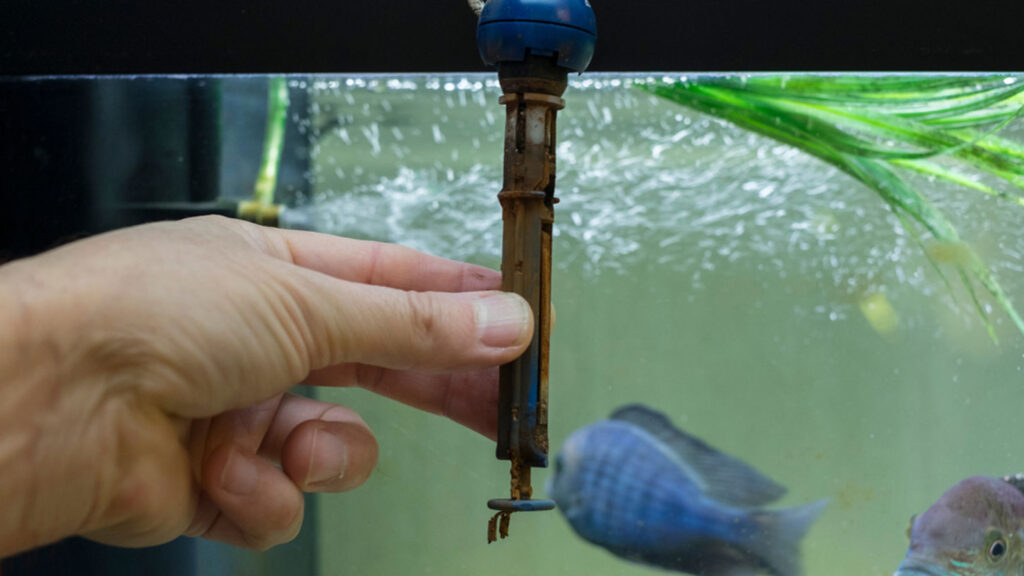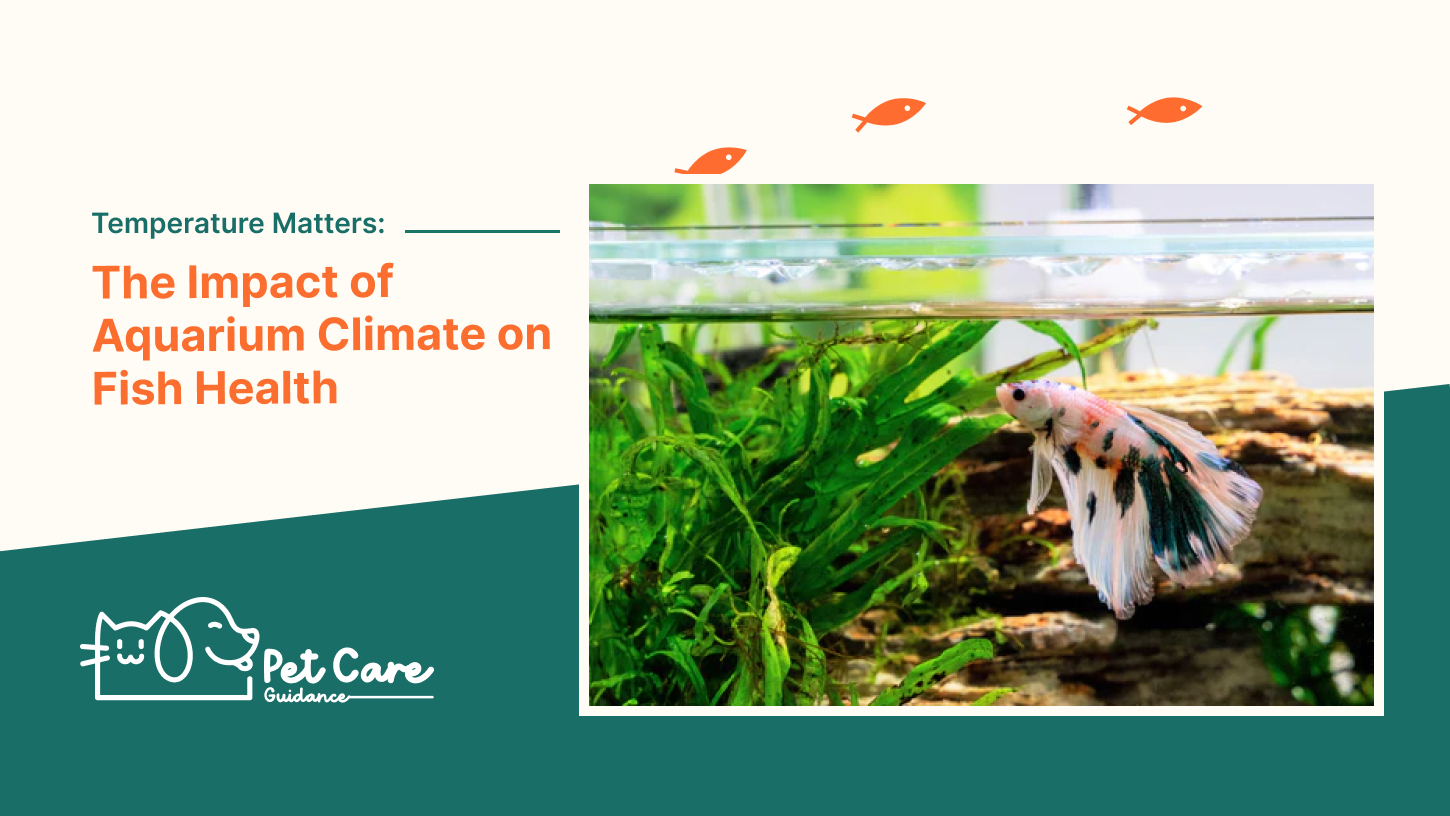Aquarium heaters and chillers are essential devices for maintaining optimal temperature conditions in fish tanks. These devices regulate the water temperature, ensuring the comfort and well-being of aquatic life.
Whether you need to raise the temperature in a tropical tank or cool down a reef aquarium, these heaters and chillers provide precise temperature control. With a range of options available, from compact heaters with adjustable temperature buttons to high-efficiency chillers with digital controllers, you can find a solution that fits your specific needs.
From innovative designs to energy-efficient performance, aquarium heaters and chillers are crucial elements for creating a thriving aquatic environment.
Choosing The Right Aquarium Heater
Choosing the right aquarium heater is crucial for maintaining a stable and healthy environment for your fish. When selecting an aquarium heater, there are several factors to consider:
1. Types of aquarium heaters:
| Submersible heaters: | Pros: Easy to install and widely available | Cons: Can be bulky and may affect tank aesthetics |
| External heaters: | Pros: Hidden from view, less impact on tank aesthetics | Cons: Requires additional equipment and may be more expensive |
| Inline heaters: | Pros: Integrated into the aquarium plumbing, efficient temperature control | Cons: More complex installation and maintenance |
2. Tank size and temperature requirements: Consider the size of your aquarium and the temperature requirements of your fish. Different heaters have varying wattage and heating capabilities, so choose one that can effectively heat your tank.
3. Material and durability: Look for a heater made of high-quality materials that can withstand being submerged in water for extended periods. The durability of the heater is important to ensure its longevity.
4. Safety features: Look for heaters that have built-in safety features such as automatic shut-off when the water exceeds a certain temperature. This helps to prevent overheating and potential damage to the tank and its inhabitants.
By taking these factors into consideration when selecting an aquarium heater, you can ensure a stable and comfortable environment for your fish.

Installing And Using Aquarium Heaters
Aquarium heaters play a crucial role in maintaining the appropriate temperature for your aquatic pets. When setting up your aquarium heater, it’s essential to place it in a location with good water circulation. This ensures an even distribution of heat throughout the tank. Avoid placing the heater near the filter outlet or any decorations that may obstruct water flow.
After installing the aquarium heater, understanding the thermostat and temperature control settings is vital. Typically, heaters have adjustable temperature knobs or digital displays. Set the desired temperature according to the needs of your fish species. Monitor the thermometer regularly to ensure the heater maintains a consistent temperature for the well-being of your aquatic pets.
To keep your aquarium heater functioning optimally, perform regular maintenance and cleaning. Disconnect the heater from the power source before cleaning. Gently remove any algae or debris that may have accumulated on the heater surface using a soft cloth or sponge. Avoid using abrasive materials as they may damage the heater’s protective coating.
Even with proper installation and maintenance, aquarium heaters can sometimes encounter issues. If you notice a malfunction or the heater fails to heat the water properly, check the power supply and connections. Inspect for any visible damage or signs of wear. If problems persist, consult the manufacturer’s troubleshooting guide or contact customer support for assistance.
Aquarium Chillers Keeping Your Tank Cool
If you want to maintain the optimal temperature for your aquarium, you may need an aquarium chiller. These devices help keep the water temperature cool and stable, which is crucial for the well-being of your fish and other aquatic species.
Why do you need an aquarium chiller?
Temperature regulation is essential for a healthy aquarium environment. High temperatures can lead to stress, reduced oxygen levels, and increased susceptibility to diseases for your aquatic pets. An aquarium chiller helps maintain the ideal temperature range and safeguards the well-being of your fish and other inhabitants.
Types of aquarium chillers available in the market:
| Type | Description |
|---|---|
| Air chillers | Use air or fans to cool the aquarium water. |
| Thermoelectric chillers | Utilize the Peltier effect to cool the water without any refrigerant. |
| Compressor-driven chillers | Employ a compressor and refrigerant to cool the water efficiently. |
Installing And Using Aquarium Chillers
| Proper installation and placement of aquarium chillers | When it comes to installing aquarium chillers, it is crucial to follow the manufacturer’s instructions carefully. Ensure that the chiller is placed in a well-ventilated area to maximize its cooling efficiency. Avoid placing it near sources of heat or direct sunlight, as this can affect its performance. It is also important to consider the size of the chiller and the capacity of your aquarium to ensure compatibility. |
| Setting the desired temperature and operating parameters | After installing the chiller, you need to set the desired temperature for your aquarium. Most chillers come with a thermostat or temperature controller that allows you to adjust the temperature accurately. It is recommended to start with a slightly higher temperature and gradually lower it until you reach the desired level. Additionally, familiarize yourself with the operating parameters of the chiller, such as the flow rate and cooling capacity, to optimize its performance. |
| Maintenance and cleaning tips for aquarium chillers | To ensure optimal performance, regular maintenance and cleaning of the chiller are essential. Clean the intake and exhaust vents to remove any dirt or debris that may hinder airflow. Inspect and replace the air filter if necessary. Check for any leaks or condensation around the chiller and address them promptly. It is also recommended to schedule periodic maintenance according to the manufacturer’s guidelines to keep the chiller functioning efficiently. |
| Troubleshooting common issues | If you encounter any issues with the chiller, such as insufficient cooling or unusual noises, troubleshooting can help identify and resolve the problem. Start by checking the power supply and ensuring that all connections are secure. Clean the chiller thoroughly and inspect the components for any signs of damage. If the issue persists, consult the manufacturer’s troubleshooting guide or seek professional assistance. |
Tips For Energy Efficiency And Cost Savings
When it comes to optimizing the efficiency of aquarium heaters and chillers, managing electricity consumption is key. Consider these cost-effective alternatives and DIY solutions.
1. Energy-saving options: Invest in energy-efficient models that have higher ratings. Look for heaters and chillers with adjustable settings to match your requirements, preventing unnecessary energy usage.
2. Proper insulation: Ensure your aquarium is properly insulated to retain heat or stay cool for longer periods. This reduces the workload on your heater or chiller, resulting in energy savings.
3. Temperature monitoring: Use a reliable thermometer to monitor the temperature regularly. This helps you adjust the settings accordingly, avoiding overuse and reducing energy consumption.
4. Timers and controllers: Install timers or controllers to automate the operation of your heaters and chillers. Set them to operate during specific periods when the temperature needs adjustment, saving energy during non-peak times.
5. DIY solutions: Consider low-cost alternatives such as using a fan to cool the water or insulating the tank with bubble wrap or reflective material to retain heat.
Remember: Every aquarium is unique, so it’s essential to find the most suitable energy-saving techniques for your setup. By optimizing the efficiency of your aquarium heaters and chillers, you can save on energy costs while maintaining a comfortable environment for your aquatic pets.
Frequently Asked Questions Of Aquarium Heaters & Chillers
Do Aquarium Chillers Also Heat?
Aquarium chillers do not heat the water. They are specifically designed to remove heat from the aquarium’s water, helping to keep the temperature at a desired level.
Are Aquarium Chillers Worth It?
Yes, aquarium chillers are worth it for maintaining the optimal temperature in your aquarium. They help prevent overheating and keep your fish and other aquatic life healthy.
Why Are Aquarium Chillers So Expensive?
Aquarium chillers are expensive due to their complex cooling technology and high-quality materials used for efficient temperature regulation in aquariums. The cost also reflects the specialized manufacturing processes required for producing these precision instruments.
What Is The Most Efficient Aquarium Heater?
The most efficient aquarium heater is the Aquarium Co-op Heater. It has high energy efficiency and comes with a protective guard, an adjustable temperature button, and an extra-long cord. It is easy to install and ensures that your fish are comfortable.
Conclusion
Aquarium heaters and chillers are essential tools for maintaining the proper temperature of your fish tank. They play a crucial role in creating the optimal environment for your aquatic pets, ensuring their well-being and comfort. Whether you need to warm up or cool down the water, there are a range of options available to suit your specific needs.
By investing in high-quality heaters and chillers, you can provide the ideal conditions for your fish to thrive. Take the time to research and select the right equipment for your aquarium, and enjoy a successful and vibrant aquatic ecosystem.


